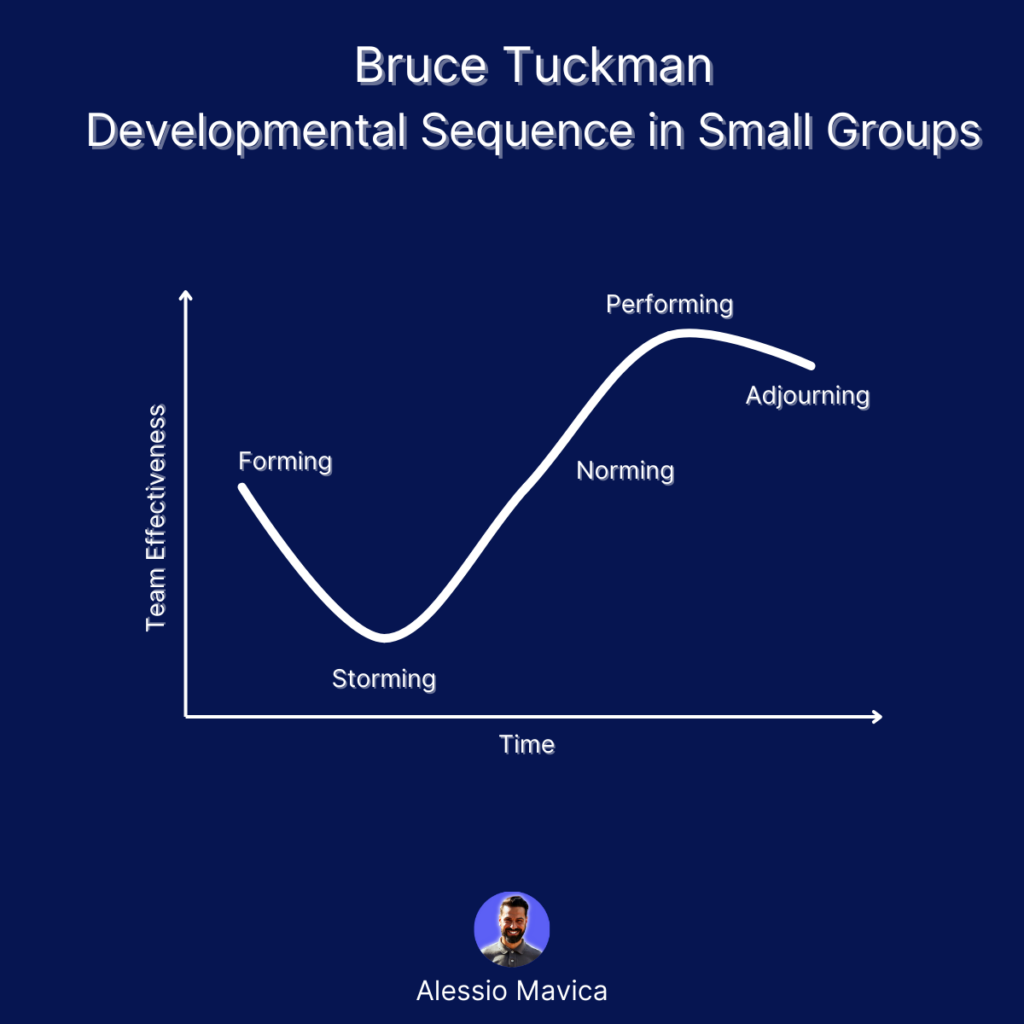1. Introduction
Software development companies are constantly striving to improve the efficiency and effectiveness of their project management processes. One model that has gained popularity in recent years is Bruce Tuckman’s stages of group development. By applying this model to software development teams, companies can better understand the dynamics of team interactions and ultimately enhance project outcomes. This comprehensive guide will explore how the Tuckman model can be utilized in software development and project management, providing valuable insights and strategies for success in the fast-paced world of technology.
2. Understanding Bruce Tuckman’s Model for team development
Bruce Tuckman’s model consists of five stages: forming, storming, norming, performing, and adjourning. By understanding each stage, software development teams can proactively address challenges and leverage opportunities for growth. In the forming stage, team members acquaint themselves with each other. Storming is characterized by conflicts and power struggles. Norming sees the establishment of roles and norms, leading to smoother collaboration in the performing stage. Finally, the adjourning stage marks the project’s closure. By recognizing and navigating through these stages, teams can enhance communication, cohesion, and productivity throughout the project lifecycle. Stay tuned for practical tips on applying this model in the next blog section.

3. Applying the forming stage to software development and project management
In the forming stage of Bruce Tuckman’s model, team members familiarize themselves with each other, setting the tone for collaboration. Within software development and project management, this initial phase is crucial for laying the foundation of trust and mutual understanding among team members. By investing time to get to know one another’s strengths, weaknesses, and communication styles, teams can establish a solid framework for working together effectively. Emphasizing open communication and setting clear goals during this stage can help mitigate potential conflicts and facilitate a smoother transition into the subsequent stages. Stay tuned for actionable strategies to optimize the forming stage for improved project outcomes.
4. Utilizing the storming stage for team collaboration and conflict resolution
The storming stage in Bruce Tuckman’s model is where competing ideas and personalities within the team can lead to conflict. However, this phase also presents an opportunity for growth and development. By encouraging open dialogue, constructive feedback, and establishing clear guidelines for resolving disputes, teams can navigate the storming phase effectively. Recognizing and addressing conflicts promptly can prevent them from escalating and impacting project progress. Stay updated for practical tips on fostering collaboration and conflict resolution during the storming stage for enhanced software development and project management outcomes.
5. Leveraging the norming stage for team cohesion and productivity
As teams transition into the norming stage of Tuckman’s model, a sense of unity and cooperation begins to emerge. This phase is crucial for solidifying relationships, establishing trust, and defining team roles. By fostering a culture of mutual respect, communication, and shared goals, project teams can enhance productivity and drive successful outcomes. Encourage team members to actively participate in decision-making processes and collaborate on problem-solving tasks. Utilize this stage to streamline workflows, refine project plans, and capitalize on the strengths of each team member. Stay tuned for valuable strategies on maximizing team cohesion and productivity during the norming stage of software development and project management.
6. Implementing the performing stage for optimal project outcomes
As teams progress into the performing stage of Bruce Tuckman’s model, it is essential to leverage the established unity and cooperation to achieve peak performance. Encourage autonomy and empower team members to take ownership of their responsibilities. Foster an environment of continuous improvement by promoting open communication channels and constructive feedback mechanisms. Set clear goals, monitor progress, and celebrate achievements to maintain momentum and motivation. Utilize the performing stage to capitalize on the team’s collective expertise and drive towards accomplishing project milestones efficiently. Stay dedicated to refining processes, leveraging individual strengths, and maximizing synergy to ensure project success. Stay tuned for expert insights on optimizing performance during the performing stage in software development and project management.
7. Conclusion: The importance of applying Tuckman’s Model for successful software development and project management efforts
In conclusion, leveraging Bruce Tuckman’s model across the stages of team development is crucial for fostering collaboration, enhancing productivity, and achieving project success in software development and project management. By understanding each stage – forming, storming, norming, performing, and adjourning – and implementing strategies tailored to each, teams can effectively navigate challenges, maximize efficiency, and optimize performance. Embrace the opportunity presented by the performing stage to capitalize on the team’s capabilities, drive innovation, and deliver exceptional results. Stay committed to evolving processes, nurturing talent, and fostering a culture of continuous improvement to drive long-term success in your projects. Watch out for further expert guidance on implementing Tuckman’s Model for sustainable project excellence.
Try AgencyDots for free!
Control your entire project portfolio from one place.
Make your software development agency efficient.
No credit card required.

